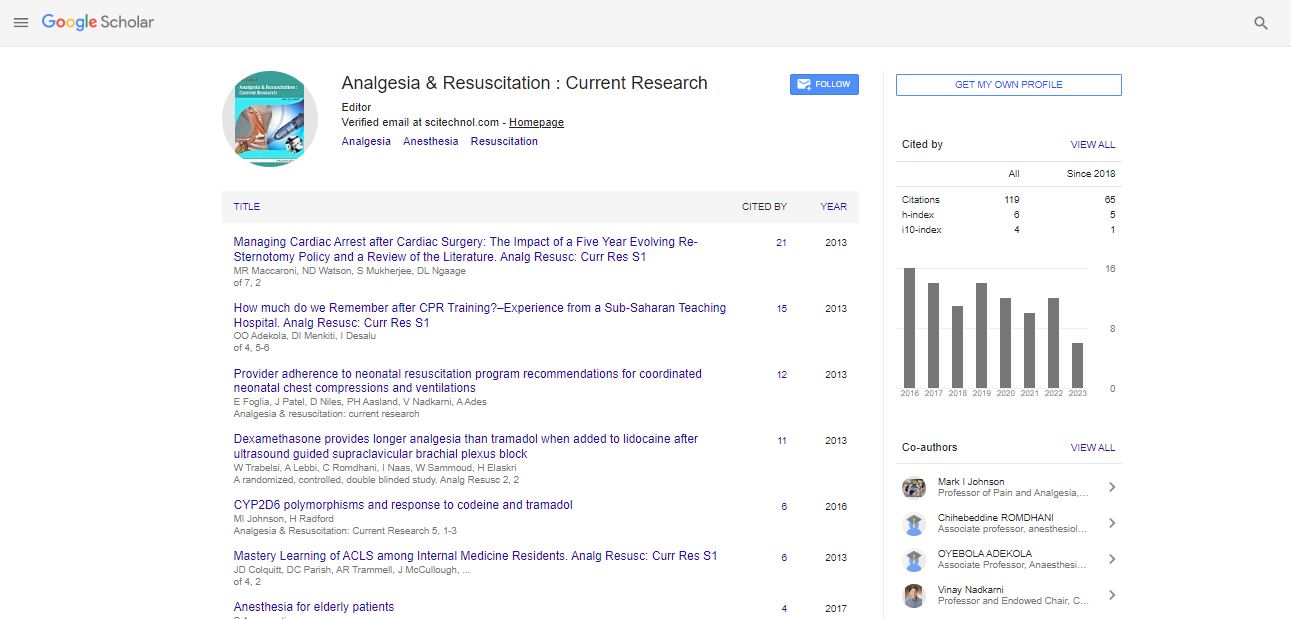Research Article, Analg Resusc Curr Res S Vol: 2 Issue: 0
The Impact of Continuous Patient Monitoring at Various Times of Day on In-hospital Cardiac Arrest Mortality
| Michael Mayette1 and Geoffrey K. Lighthall2,3* | |
| 1Department of Pulmonary and Critical Care Medicine, Stanford University School of Medicine, Stanford, CA 94305, USA | |
| 2Department of Anesthesia, Stanford University School of Medicine, Stanford, CA 94305, USA | |
| 3Department of Anesthesia and Perioperative Care, Veterans Affairs Medical Center, Palo Alto, CA 94304, USA | |
| Corresponding author : Geoffrey K. Lighthall Department of Anesthesia, MC 112A, Veterans Affairs Medical Center, 3801 Miranda Avenue, Palo Alto, CA 94304, USA Tel: +650 493 5000x66756; Fax: +650 852 3423 E-mail: geoffL@stanford.edu |
|
| Received: May 20, 2013 Accepted: June 17, 2013 Published: June 24, 2013 | |
| Citation: Mayette M, Lighthall GK (2013) The Impact of Continuous Patient Monitoring at Various Times of Day on In-hospital Cardiac Arrest Mortality. Analg Resusc: Curr Res S1. doi:10.4172/2324-903X.S1-004 |
Abstract
The Impact of Continuous Patient Monitoring at Various Times of Day on In-hospital Cardiac Arrest Mortality
It is estimated that around 200000 treated in-hospital cardiac arrests occur annually in the United States, and this incidence may be increasing. Despite advances in management, unfavorable neurological outcomes and mortality remain high. Overall survival to hospital discharge is highly variable between studies, ranging from 0% to 42% with an estimated average in larger studies around 20% . Prior studies have demonstrated the association between criteria-defined abnormal vital signs on continuous monitoring and the incidence of cardiac arrest. The clinical benefit of monitoring on arrest outcomes was studied in a single-center study, with rates of survival to discharge in monitored wards arrests of 43.2% vs. 31.1% for non-monitored wards (p = 0.004).

